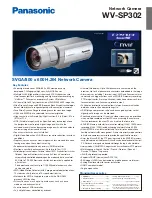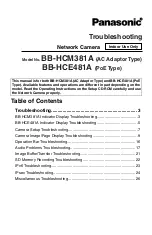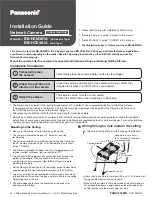
1-21
IP group(s):the following ip group(s) match to one mac group.
IP group address:224.1.1.1
(0.0.0.0, 224.1.1.1):
Attribute: Host Port
Host port(s):total 2 port.
GE1/0/3 (D) ( 00:03:23 )
GE1/0/4 (D) ( 00:04:10 )
MAC group(s):
MAC group address:0100-5e01-0101
Host port(s):total 2 port.
GE1/0/3
GE1/0/4
As shown above, GigabitEthernet 1/0/3 and GigabitEthernet 1/0/4 of Switch A has joined multicast
group 224.1.1.1.
Static Port Configuration
Network requirements
z
As shown in
Figure 1-4
, Router A connects to a multicast source (Source) through GigabitEthernet
1/0/2, and to Switch A through GigabitEthernet 1/0/1.
z
IGMPv2 is to run on Router A, and IGMPv2 Snooping is to run on Switch A, Switch B and Switch C,
with Router A acting as the IGMP querier.
z
Host A and host C are permanent receivers of multicast group 224.1.1.1. GigabitEthernet 1/0/3 and
GigabitEthernet 1/0/5 on Switch C are required to be configured as static member ports for
multicast group 224.1.1.1 to enhance the reliability of multicast traffic transmission.
z
Suppose STP runs on the network. To avoid data loops, the forwarding path from Switch A to
Switch C is blocked under normal conditions, and multicast traffic flows to the receivers attached to
Switch C only along the path of Switch A—Switch B—Switch C.
z
It is required to configure GigabitEthernet 1/0/3 that connects Switch A to Switch C as a static
router port, so that multicast traffic can flow to the receivers nearly uninterruptedly along the path of
Switch A—Switch C in the case that the path of Switch A—Switch B—Switch C gets blocked.
If no static router port is configured, when the path of Switch A—Switch B—Switch C gets blocked, at
least one IGMP query-response cycle must be completed before the multicast data can flow to the
receivers along the new path of Switch A—Switch C, namely multicast delivery will be interrupted during
this process.
















































